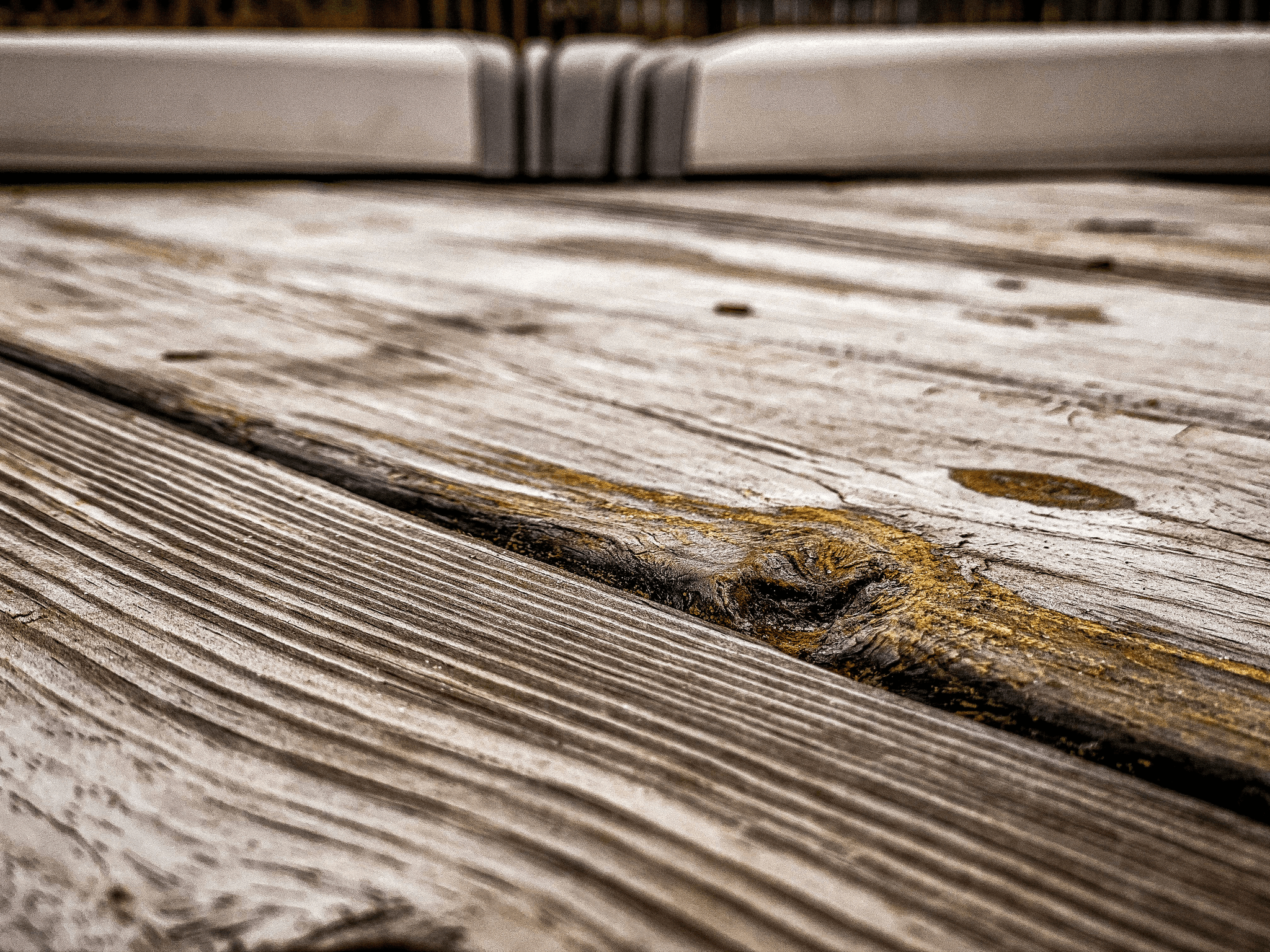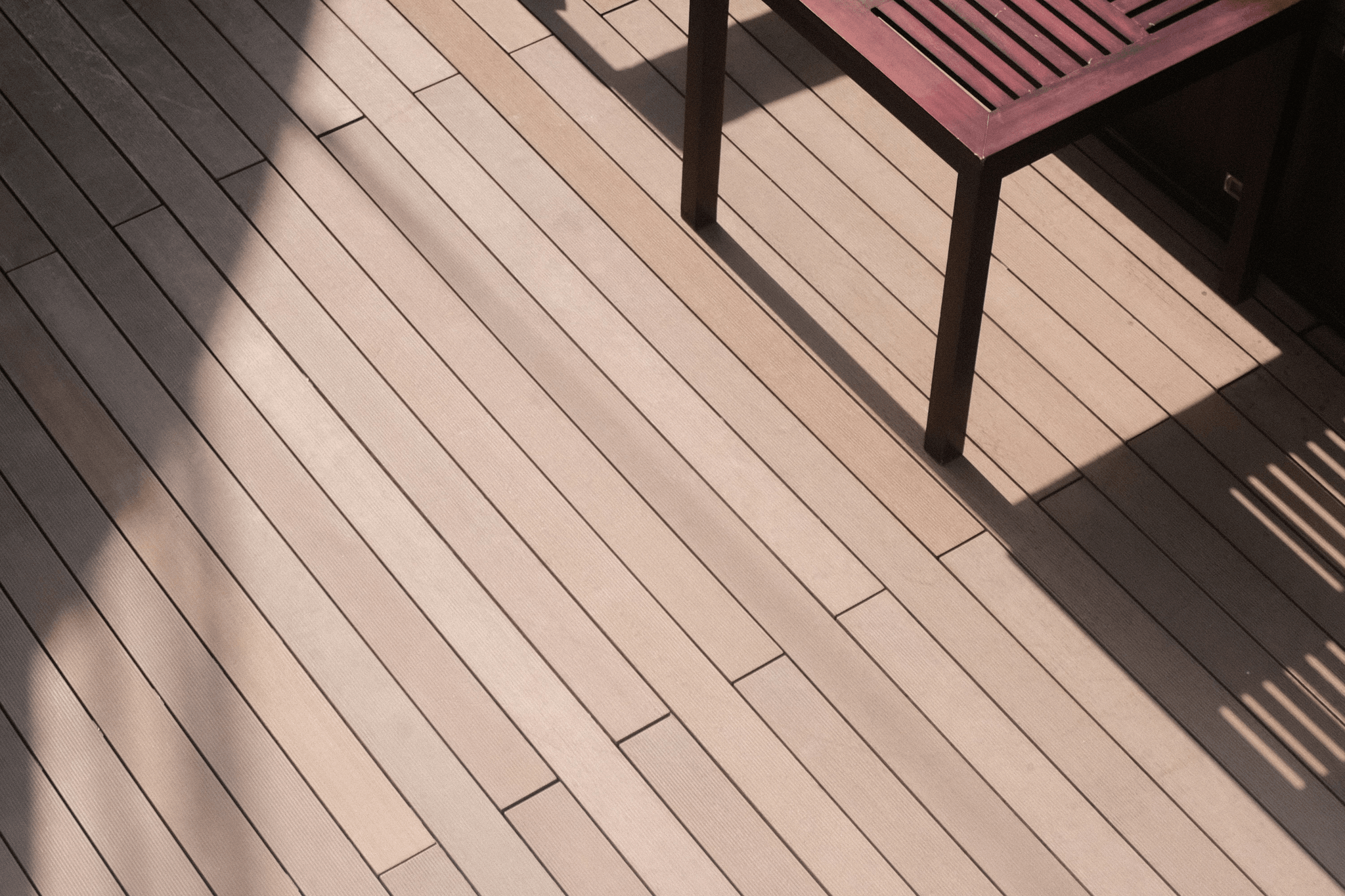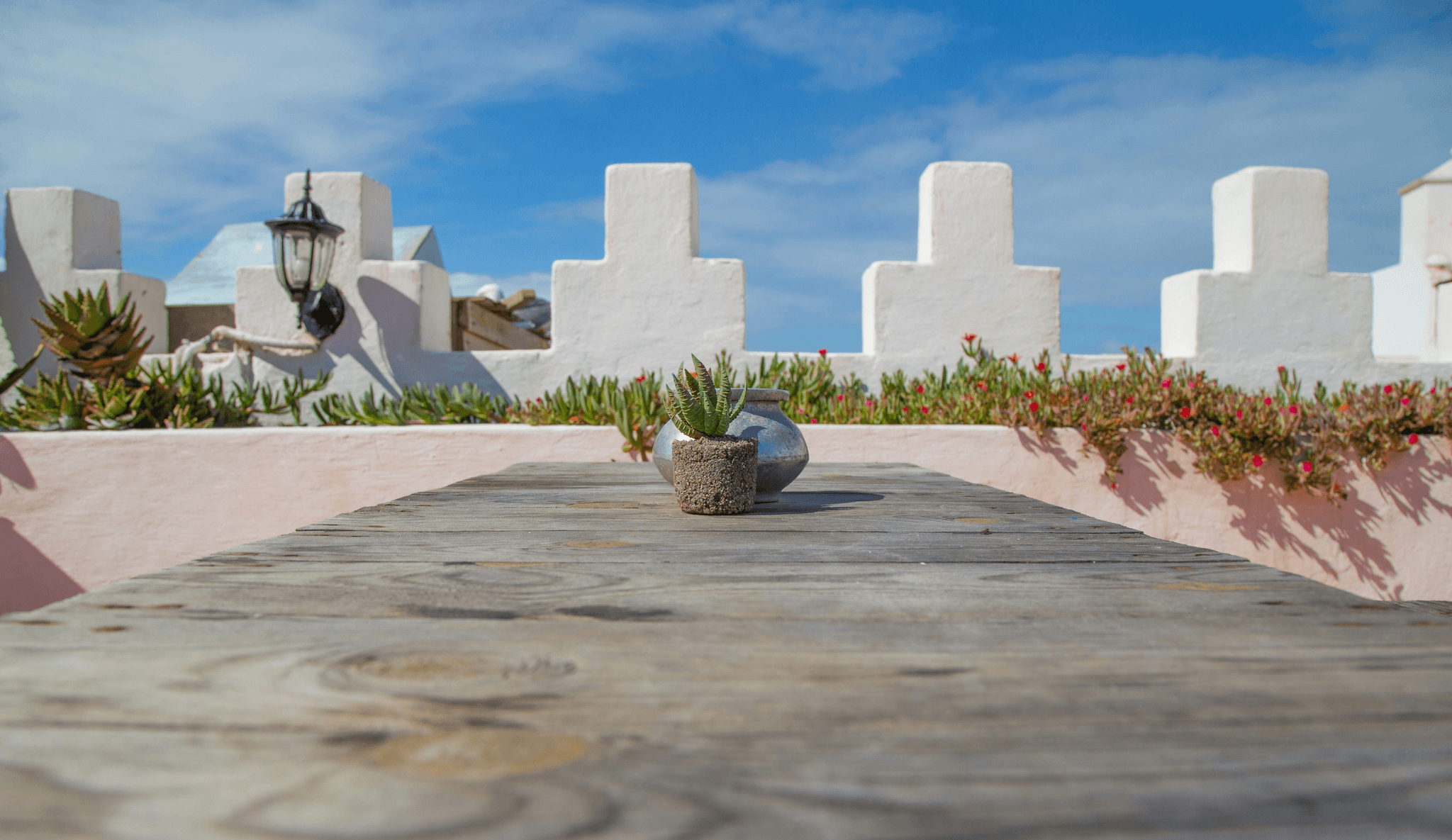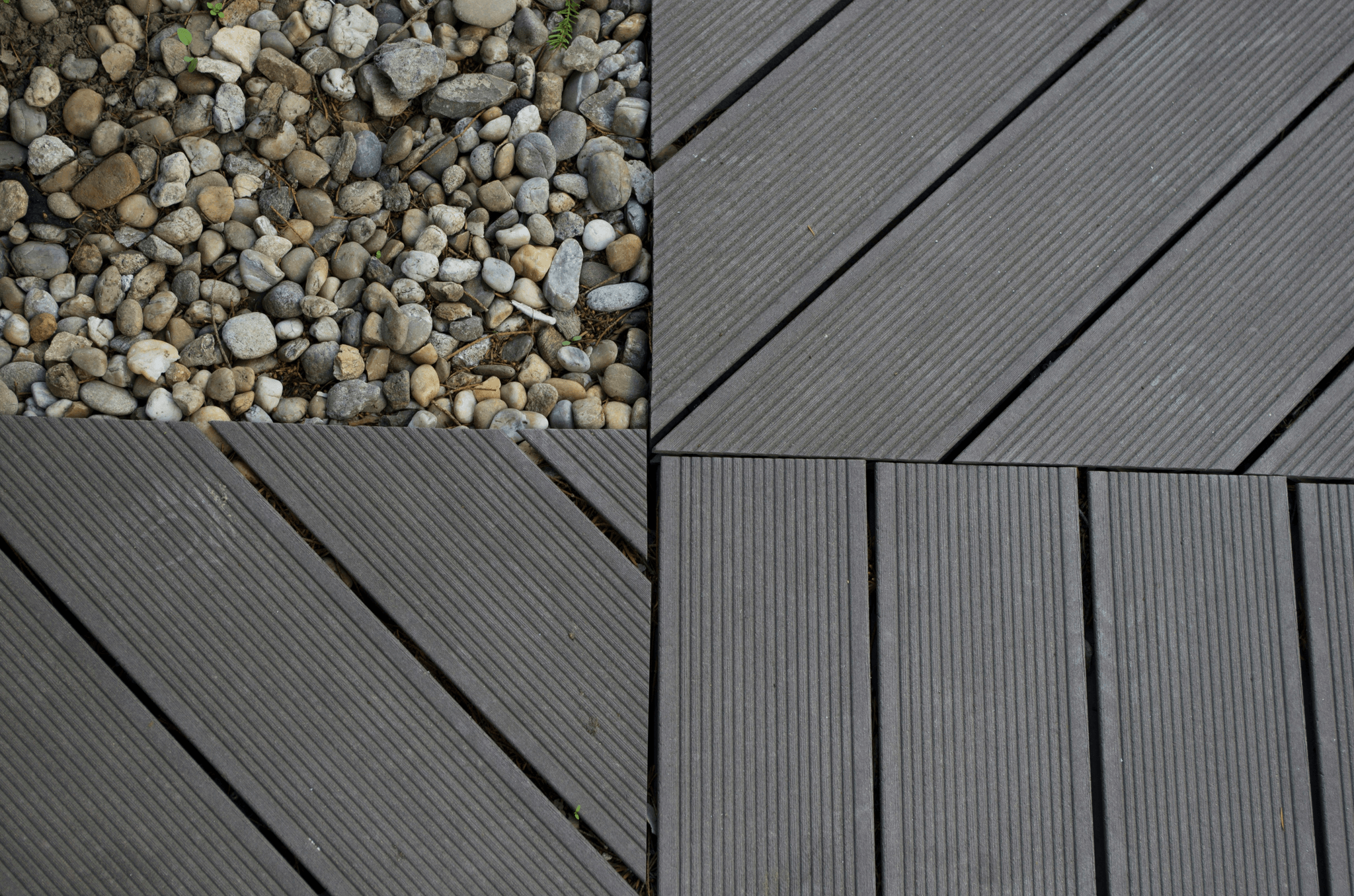Introduction

When it comes to enhancing outdoor spaces, non slip composite decking stands out as a practical and stylish choice. This innovative decking material combines the beauty of wood with the durability of synthetic materials, making it an ideal solution for homeowners looking to elevate their outdoor experience. With a variety of options available, including popular brands like Trex composite decking, understanding the benefits and features of deck composite decking can help you make an informed decision.
Understanding Non Slip Composite Decking
Non slip composite decking is designed specifically to provide both safety and aesthetic appeal in outdoor environments. Unlike traditional wood decks that can become slippery when wet, this advanced material incorporates textured surfaces that enhance grip without sacrificing style. By blending recycled materials with advanced manufacturing techniques, composite wood offers a sustainable and low-maintenance alternative for those seeking the best decking solutions.
Benefits of Choosing Composite Decking
Choosing composite decking comes with a multitude of advantages that extend beyond just looks. For starters, its resistance to fading, staining, and mold makes it an excellent long-term investment for your outdoor space. Additionally, non slip composite decking requires minimal upkeep compared to traditional wood options; no sanding or staining is necessary—just occasional cleaning to keep it looking fresh.
The Rise of PVC Decking in Outdoor Spaces
In recent years, PVC decking has gained popularity as another option within the realm of outdoor decking materials. Known for its exceptional durability and resistance to moisture, PVC offers homeowners a worry-free experience in areas prone to wet conditions. As more people seek versatile solutions for their decks, the rise of PVC alongside traditional composite options showcases how innovation continues to shape our outdoor living spaces.
Types of Non Slip Composite Decking

When it comes to selecting non slip composite decking, the options can be as diverse as the outdoor spaces they enhance. From Trex composite decking to various PVC decking materials, each type offers unique benefits tailored to specific needs. Understanding these types is crucial for making an informed decision that balances safety, aesthetics, and functionality.
Trex Composite Decking Overview
Trex composite decking stands out in the market for its innovative design and commitment to sustainability. Made from a blend of recycled wood fibers and plastic, Trex provides a robust solution for outdoor decking that resists fading, staining, and mold growth. With its non slip composite decking features, Trex ensures safety without sacrificing style—perfect for those looking to create a beautiful yet functional outdoor space.
One of the key advantages of Trex composite wood is its extensive range of colors and finishes, allowing homeowners to customize their deck according to personal taste. Its durability means less time spent on maintenance and more time enjoying your outdoor oasis. Plus, with an impressive warranty backing their products, you can invest in Trex with confidence knowing you’re choosing one of the best decking options available.
Best Decking Options for Wet Areas
Choosing the right decking material for wet areas is essential for ensuring safety and longevity. Non slip composite decking is specifically designed to provide traction even when wet, making it ideal for poolside areas or rainy climates. Among the best decking options are those featuring textured surfaces or grooved patterns that enhance grip underfoot.
In addition to traditional composite wood options like Trex, many manufacturers now offer PVC decking that excels in moisture resistance while also maintaining a non-slip surface. This makes PVC an excellent choice if you're looking at decks exposed regularly to water or humidity since it won’t warp or splinter like traditional materials might. Ultimately, selecting a high-quality non slip composite deck will not only keep your family safe but also ensure your investment lasts through years of weather exposure.
Comparing PVC Decking to Traditional Materials
When comparing PVC decking with traditional materials like wood or concrete, it's clear that modern solutions offer significant advantages in performance and maintenance requirements. Non slip composite decking made from PVC is inherently resistant to moisture damage and does not require regular sealing or staining—unlike traditional wood decks which demand ongoing upkeep to prevent rot and decay over time.
Moreover, PVC's lightweight nature makes installation easier compared to heavier traditional materials; this can save both time and labor costs during setup. While some may argue about aesthetics—traditional wood has its charm—many brands now produce realistic-looking PVC options that mimic natural wood grain beautifully without compromising on functionality or safety features like slip resistance.
In conclusion, whether you opt for trex composite decking or explore other non slip solutions available on the market today, choosing wisely will lead you toward creating a safe haven outdoors where style meets practicality seamlessly.
Key Features of Deck Composite Decking

When it comes to selecting the perfect decking material, understanding the key features of non slip composite decking is crucial. This innovative solution not only enhances safety but also offers durability and aesthetic appeal that can elevate any outdoor space. Let's dive into the specifics that make deck composite decking an excellent choice for your home.
Slip Resistance Ratings Explained
One of the standout features of non slip composite decking is its slip resistance ratings, which are vital for ensuring safety, especially in wet areas. Manufacturers test their products using standardized methods to determine how well a surface can prevent slips and falls. When comparing options like Trex composite decking with traditional materials, you'll find that many composite boards boast higher slip resistance ratings, making them some of the best decking choices for families and pet owners alike.
Durability Factors to Consider
Durability is another critical factor when evaluating deck composite decking options. Unlike traditional wood, which can warp or splinter over time, non slip composite materials are engineered to withstand harsh weather conditions without deteriorating. PVC decking also offers impressive durability; however, many homeowners prefer composite wood for its natural appearance combined with resilience against fading and staining—making it a top contender in outdoor decking solutions.
Aesthetic Appeal of Composite Wood
Aesthetic appeal is often at the forefront of homeowners' minds when selecting their ideal outdoor space design. Non slip composite decking provides a wide range of colors and textures that mimic natural wood while offering enhanced functionality and longevity. With options like Trex composite decking available in various finishes, you can easily find a style that complements your home’s architecture while enjoying all the benefits that come with this innovative material.
Installation Tips for Non Slip Decking

Installing non slip composite decking can be a rewarding project that enhances your outdoor space while ensuring safety. With the right preparation, tools, and guidance, you can transform your backyard into a slip-resistant oasis. Follow these tips to make the process smoother and more enjoyable.
Preparing Your Outdoor Space
Before diving into the installation of your deck composite decking, it’s essential to prepare your outdoor space properly. Start by clearing any debris, plants, or old decking material from the area where you'll be laying down your new non slip composite decking. Assess the ground for levelness; any dips or bumps should be addressed to ensure a stable foundation for your best decking option.
Next, consider drainage solutions to prevent water pooling on your new surface, especially if you're using PVC decking in a wet area. Proper grading will help direct water away from the deck and keep it safe and dry for years to come. Finally, gather all necessary tools and materials before starting; this includes screws, joists, and any additional accessories specific to trex composite decking.
Step-by-Step Installation Guide
Once you’ve prepared your outdoor space effectively, it’s time to dive into the installation of your composite wood deck. Begin by laying out the joists according to manufacturer specifications; this is crucial for ensuring stability in your non slip composite decking. Secure them firmly with appropriate fasteners before placing the boards.
When installing each board of deck composite decking, leave adequate gaps between them for expansion due to temperature changes—typically around 1/4 inch is recommended. Use hidden fasteners or clips designed specifically for trex composite decking if you want a seamless look without visible screws on top of the boards. Continue this process until you've covered all areas of desired flooring.
Finally, finish off with trim pieces around edges as needed; these not only enhance aesthetics but also provide additional protection against moisture intrusion at joints where water might accumulate.
Maintenance Tips for Longevity
To ensure that your non slip composite decking remains beautiful and functional over time, regular maintenance is key! Start by cleaning the surface periodically with soap and water or a gentle cleaner specifically designed for composite wood materials—this helps remove dirt buildup while preserving its appearance. For tougher stains or mildew that may develop over time due to exposure to elements in outdoor spaces, consider using a soft-bristle brush along with specialized cleaning solutions.
Additionally, inspect your deck annually for any signs of wear or damage; replacing individual boards early can prevent larger issues down the line—especially important if you’re utilizing PVC decking known for its durability but still needing attention over time! Lastly, applying protective coatings as recommended by manufacturers can further extend lifespan while maintaining that sought-after aesthetic appeal of new outdoor decking.
Cost Considerations for Composite Decking

When contemplating a new outdoor space, one of the most pressing questions is how much it will cost. Non slip composite decking offers a range of prices depending on the materials and brands you choose. Factors such as thickness, brand reputation, and added features can all influence the overall price tag of your deck composite decking project.
Analyzing the Price of Composite Materials
The price of composite materials can vary significantly, especially when comparing options like Trex composite decking to traditional wood or PVC decking. Generally, non slip composite decking tends to be more expensive upfront than standard wood due to its advanced manufacturing techniques and superior durability. However, it's essential to consider that these costs are often offset by the longevity and minimal maintenance requirements associated with high-quality composite wood products.
Long-Term Savings from Low Maintenance
One of the best aspects of investing in non slip composite decking is its low-maintenance nature, which translates into long-term savings for homeowners. Unlike traditional wooden decks that require regular staining, sealing, and potential repairs due to rot or insect damage, deck composite decking provides an easy-care solution that simply needs occasional cleaning with soap and water. Over time, these savings on maintenance costs can add up significantly—making your initial investment in quality materials seem like a wise financial decision.
Budget-Friendly Options Available
While premium brands like Trex offer some fantastic features and aesthetics in their non slip composite decking lines, there are also budget-friendly options available that don’t skimp on quality or safety. Many manufacturers provide alternative choices that still meet slip resistance ratings without breaking the bank—perfect for those looking for the best decking solutions within a set budget. By exploring various brands and styles within the realm of PVC decking and other composites, you can find a suitable option that aligns with your financial plan while ensuring your outdoor space remains stylish and safe.
Choosing the Right Decking Material

Selecting the right decking material can feel like navigating a maze, especially with so many options available in the market today. Non slip composite decking, PVC decking, and traditional materials each have their own unique benefits and drawbacks. Understanding these factors will help you make an informed decision that suits your lifestyle and aesthetic preferences.
Factors Influencing Your Decision
When choosing your ideal deck composite decking, consider factors such as climate, maintenance requirements, and desired aesthetics. If you live in a rainy area or have a pool, non slip composite decking is essential for safety while also providing durability against moisture. Additionally, think about how much time you want to dedicate to maintenance; composite wood often requires less upkeep than traditional wood options.
Another critical factor is budget; while some of the best decking options may come with a higher initial cost, they can save you money in the long run through low maintenance needs and durability. Consider your home's architecture as well; certain styles may look better with specific materials like Trex composite decking or PVC decking. Lastly, take into account environmental impact—many composite materials are made from recycled products.
Recommendations from Composite Decking Inc
Composite Decking Inc offers a range of non slip composite decking solutions that cater to various needs and preferences. Their Trex composite decking line is particularly popular due to its exceptional slip resistance and aesthetic appeal—perfect for outdoor spaces where safety meets style. They also provide eco-friendly choices that minimize environmental impact without compromising quality.
For those seeking budget-friendly options without sacrificing performance, their entry-level PVC decking lines are worth considering; these products offer excellent durability at a lower price point compared to premium brands. Additionally, Composite Decking Inc provides expert advice on installation techniques and maintenance tips to ensure your deck lasts for years to come. With their extensive selection and knowledgeable support team, you're sure to find the best decking solution for your project.
How to Match Decking to Your Home Design
Matching your chosen decking material with your home design is crucial for creating a cohesive outdoor space that reflects your personal style. Start by considering the color palette of your home; if you have neutral tones, opt for non slip composite decking in shades that complement or contrast effectively without overwhelming the space. Trex composite decking offers various colors that can align beautifully with both modern and traditional homes.
Next, think about texture—some deck composite decking has wood-like finishes while others feature smoother surfaces; choose one that harmonizes with existing architectural elements like railings or siding materials. Don't forget about functionality as well! If you're entertaining guests frequently or have children playing outside, prioritize safety features like slip resistance when selecting PVC or other deck materials.
Lastly, take inspiration from landscaping elements such as plants or outdoor furniture; incorporating similar colors or textures can create an inviting atmosphere that encourages relaxation outdoors. By thoughtfully matching your selected material with design elements around your home, you'll achieve an outdoor oasis that's both functional and visually appealing.
Conclusion
In the world of outdoor living, non slip composite decking has emerged as a game-changer. Its combination of safety, durability, and aesthetic appeal makes it an essential choice for homeowners looking to enhance their outdoor spaces. With options like Trex composite decking leading the way, you can create a stylish yet practical deck that withstands the elements while keeping everyone safe.
Why Non Slip Decking is Essential
Non slip composite decking offers peace of mind by significantly reducing the risk of slips and falls, especially in wet conditions. By choosing materials specifically designed for traction, you’re not only protecting your loved ones but also ensuring your outdoor space remains enjoyable year-round.
Making the Best Choice for Your Deck
Selecting the right decking material can feel overwhelming with so many options available today. Factors such as climate, intended use, and design preferences should guide your decision-making process when considering deck composite decking. Whether you lean towards PVC decking or opt for traditional choices like composite wood, understanding the pros and cons will help you make an informed choice that suits your lifestyle.
Final Thoughts on Outdoor Decking Solutions
Investing in quality non slip composite decking is more than just enhancing your home’s value; it's about creating a safe haven for family gatherings and summer barbecues. The best decking materials not only add beauty but also require minimal maintenance over time—making them both practical and stylish choices for any homeowner. So go ahead, transform your outdoor area into an inviting retreat with confidence in your choice of durable and attractive decking solutions!
